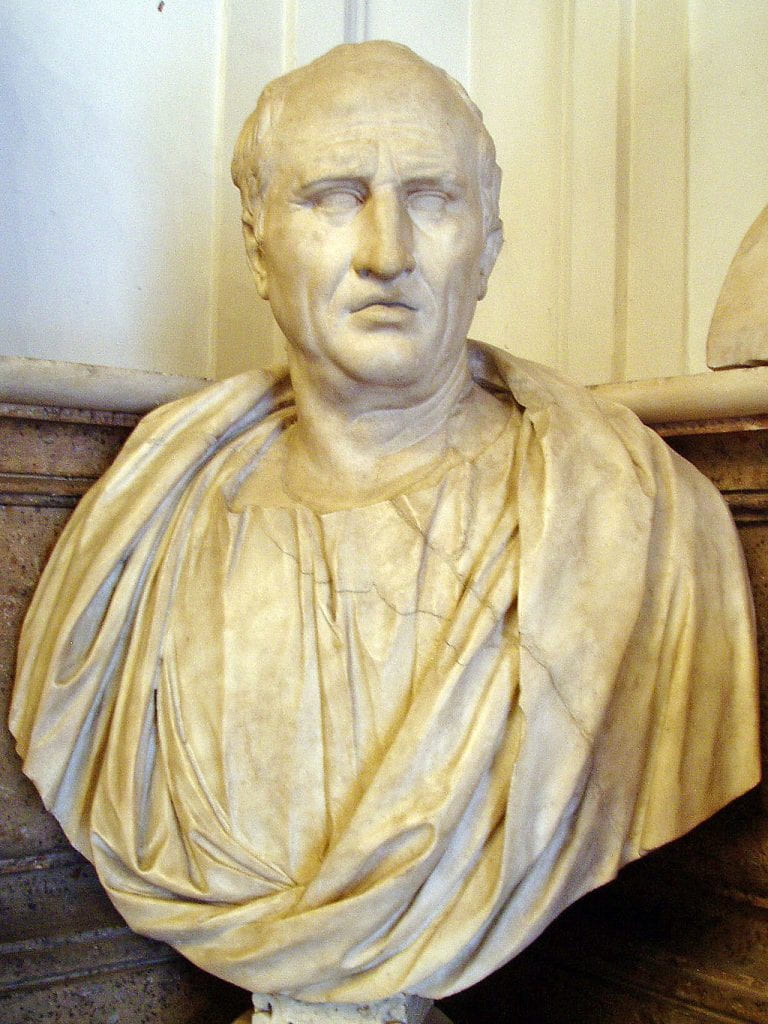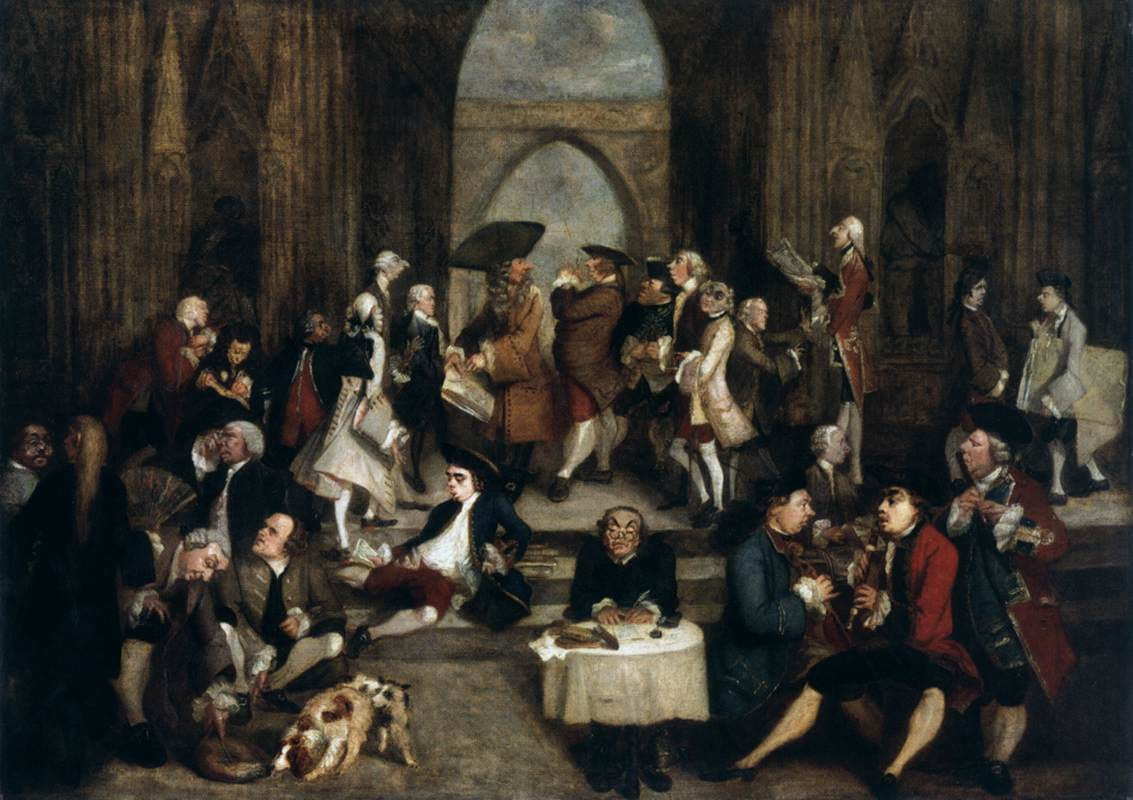Max Stirner, 1 a student of G.W.F. Hegel, found his niche not in the propagation of Hegelian thought or as a Young Hegelian, but as a progenitor of nihilist postmodernism and egoism, both of which represent rather lethal turn in Western thought following the critical turn of philosophy at the end of the nineteenth century, prompted by Immanuel Kant’s three critiques. In this essay, Stirner issues a sharp rebuke of humanist and realist education alike, emphasising the frivolity of the former and the haughtiness of the latter. Tracing the history of education in Northern Europe from the medieval to the modern period, Stirner examines in broad strokes the nature of education and its oscillations between these two paradigms, both of which he finds ultimately futile because they do not lead to the truth, which he defines solely as “man’s revelation of himself.”
Continue reading “On Max Stirner’s The False Principle of Our Education (1842)”
- Max Stirner, ‘The False Principle of Our Education’, The Anarchist Library, 12 February 2009, https://theanarchistlibrary.org/library/max-stirner-the-false-principle-of-our-education. ↩








